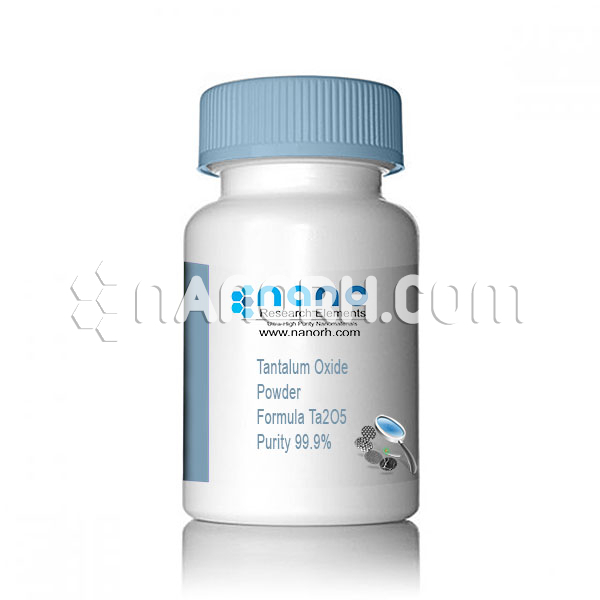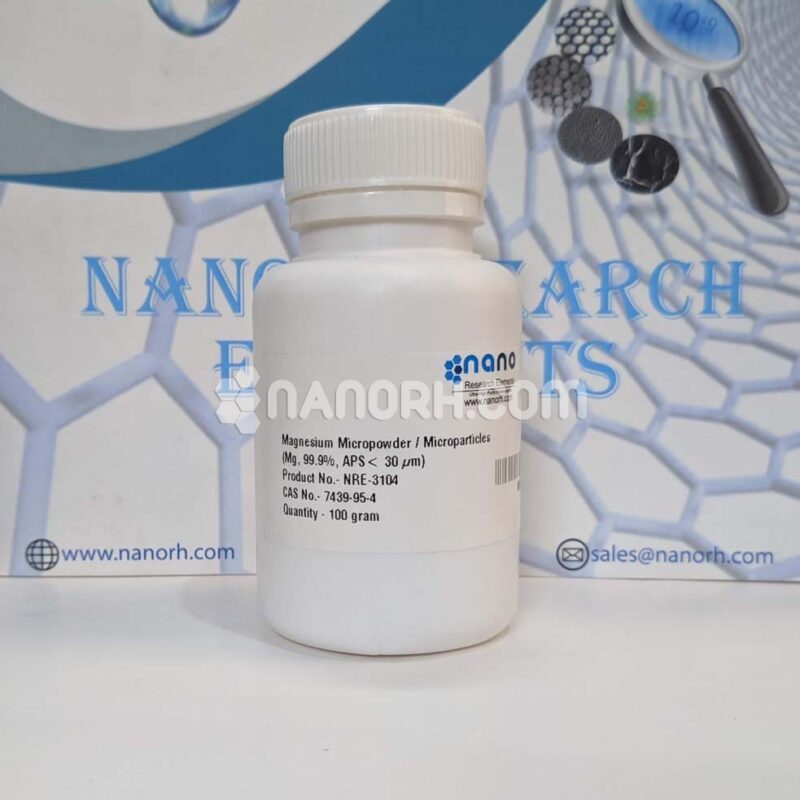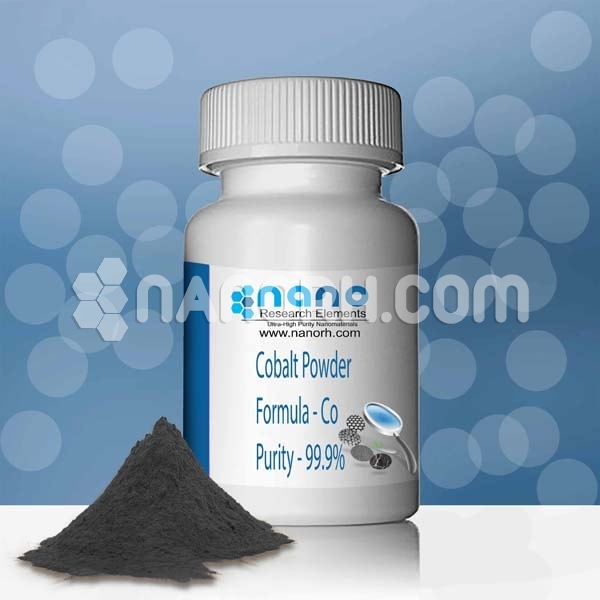| Tantalum Oxide Powder | |
| Product Number | NRE-10054 |
| CAS No. | 1314-61-0 |
| Formula | Ta2O5 |
| Molecular Weight | 441.89 g/mol |
| APS | <40 µm (Can be Customized) |
| Purity | 99.9% |
| Colour | white |
| Density | 8.2 g/cm³ |
| Melting Point | 1,872 °C |
| Boiling Point | NA |
Tantalum Oxide Powder
Tantalum Oxide Powder are one of the most attractive due to its properties: large band gap (4 – 4.5 eV); high dielectric constant (~ 50 – 70) and refractive index (~2.125); high-temperature piezoelectric properties, thermochromism and electrochromism; chemical, thermal, and mechanical stability. Moreover, TaOx NPs have a great potential for biomedicine. They are perspective for drug-delivery systems, biosensors, tissue engineering and as coatings for biomedical implants and surgical instruments. They can also be used for cancer diagnosis and treatment. Several works showed the advantages of TaOx NPs in photothermal therapy. High atomic number (ZTa = 73) makes TaOx NPs promising as antitumor radiosensitizers and contrast agents for X-ray medical diagnostics. The X-ray computed tomography (CT) is a widely used noninvasive high-resolution tissue imaging technique for a variety of clinical tasks. The CT systems are used for 3D imaging of tissues and organs: lungs, liver, kidney, brain, bones, gastrointestinal (GI), cardiovascular, and reproductive systems. Different tissues may vary by their attenuation properties, however, the visualization and identification of the interface between two neighboring tissues or between a tissue and physiological fluids represent a challenge in some cases. Therefore, the contrast agents are often used for better CT imaging. There are two major types of CT contrast enhancers approved for clinical usage: barium sulfate and iodinated contrast agents. Barium sulfate is mainly used to visualize the GI tract, although it can be potentially harmful, causing anaphylactoid reactions or fast heart rate. Iodinebased contrast agents are suitable for a much wider range of tasks but they often suffer from low contrast, short lifetime, rapid clearance, and are contraindicative in patients who have allergies, hormone disorder, and nephropathy. Many alternative elements and formulations have been investigated to replace these agents however, their effectiveness was often limited by side effects.



